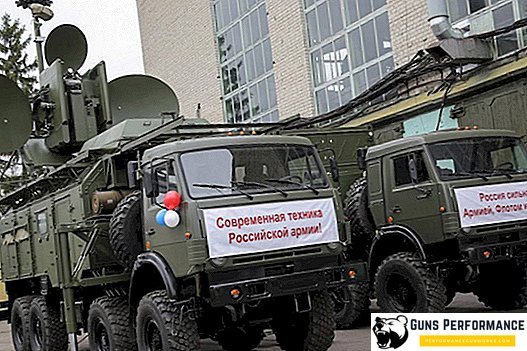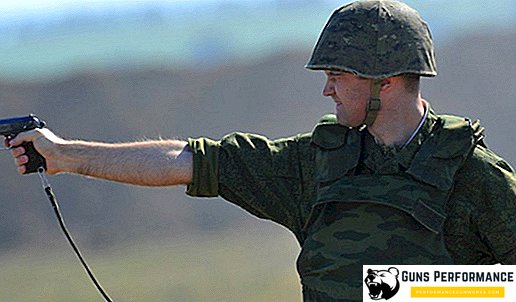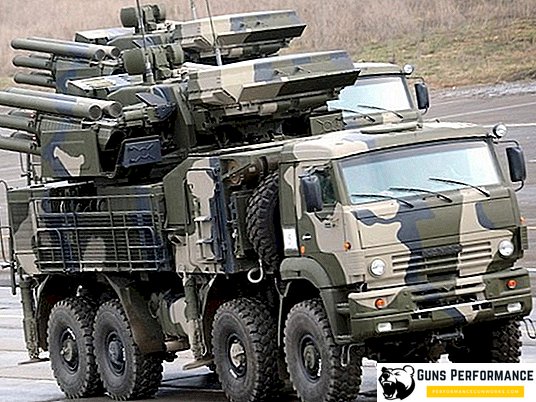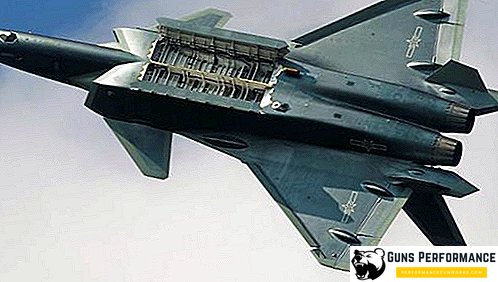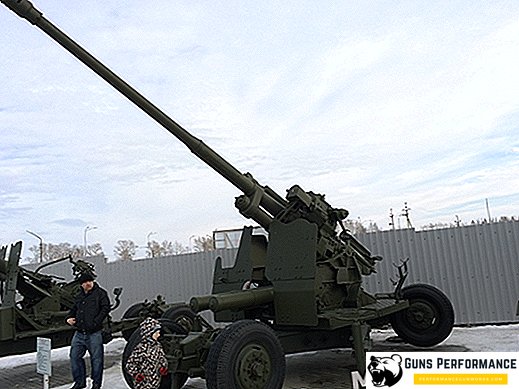GAZ-52 is a Soviet-made cargo transport assembled by the Gorky Automobile Plant. Belonged to the class of medium-duty trucks (carrying loads up to 2 500 kg). In his years, gained great popularity, was produced for 29 years.
Story
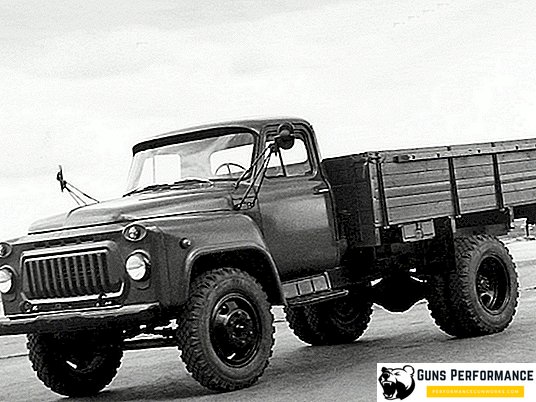
GAZ-52 truck replaced the model 51A. The formula of the wheels did not change (left 4x2), the load capacity increased to 2.5 tons. When designing a new car, engineers took into account the features of future operation: it was planned to use cars in cities and rural areas. The designers had the task to develop a maneuverable equipment with high maneuverability and a smooth course.
From the design office of the Gorky enterprise, they demanded efficiency: a new transport with similar capacity was required to restore the country's economy and build new houses, most of which were destroyed during World War II. In the late 1950s, the USSR experienced a shortage of trucks capable of moving freely in urban environments. Initially planned two main types: the side and GAZ-52 dump trucks.
The basis of the new project lay machine 51A. In the first years after the start of the mass release of "52", the demand for it fell sharply, a few years later, the new technology managed to push the previous generation out of the market. The GAZ-52 cab is the main difference from its predecessor. Its appearance was developed with an eye on the best products of the United States.
Appearance
All-metal cab made by the bonnet type. To improve the visibility of the road, a new windshield was installed. Unlike the previous generation, the GAZ-52 provided the driver with a panoramic picture of the surrounding area. Capacity - two people. New cab unified for further development of the Gorky Automobile Plant. The differences consisted in several details. That is why consumers often confused 52 and 53 models.
Initially, the front position was located below, the headlights were placed above them. In 1975, as a result of the modernization of the basic version, the design changed. Sidelights raised up, grille gave the shape of a "smile". In 1984 there was another change in appearance. It again touched the grille, and the turn signals were placed on the sides. Until the end of mass production, the exterior of the cabin was no longer changed.
In the early years, the design included a single circular side mirror on the driver’s side. His mount (single bracket) was of poor quality, quickly blurted out. Because of this, the owners had to adjust the side mirror every day. After some time, its shape (oval) and method of attachment (on the triple bracket) were changed. Mirrors began to be installed on both sides, which improved the overview of the traffic situation. The most common colors - sand and khaki. In the 70s of the last century, the wave of the sea wave and coffee with milk supplemented the line.
In 1978, the designers added changes so that buyers could better distinguish between 52 and 53. Cars with blue cabs appeared, added stamped stiffeners and new rubber disks with six air vents.
Salon

There was little free space in the cabin. The driver could assess the road situation through the side mirrors on both sides. If there was not enough cooling air from the ventilation, it was opened by turning the vents. This allowed to regulate its direction. To exclude the possibility of fogging of the windshield from the heater, the cuts on it were blown out. Vacuum wipers operated from the drive of a unique pump. The shift lever gearbox GAZ-52 neatly embedded in the floor of the cab.
The design of the dashboard is simple, the dimensions are small (compared to modern trucks). Despite this, it included the necessary indicators of the main units of the car. The ignition is located next to her. Wiring neatly hidden under the torpedo, while leaving a good access to it in case of breakage.
Opposite the passenger was placed a glove compartment in which the driver could store documents and small items. The main unit of the previous generation, the placement of the turn signal lever, was eliminated in the cabin device. It was installed on the column, and before that it was located on the torpedo (it was inconvenient to reach him). The panel and the doors were made entirely of metal. The sofa was combined. The back was regulated. Behind her, the crew could store tools and other supplies.
GAZ-52 specifications
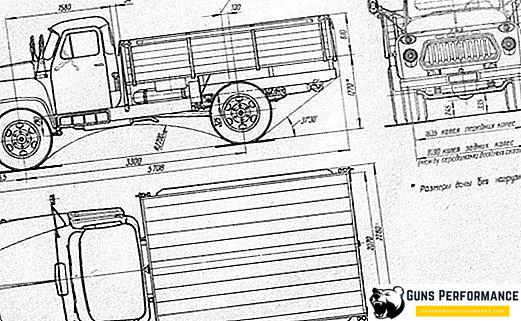
TTH:
- Length - 5.7 m;
- Width - 2.3 m;
- Height - 2.2 m;
- Wheelbase - 3.3 m;
- Weight - 2.7 tons;
- Engine capacity - 3.4 liters;
- Engine power - 85 hp;
- Maximum speed - 75 km / h;
- Fuel consumption - 24 liters per 100 km.
Motor GAZ-52
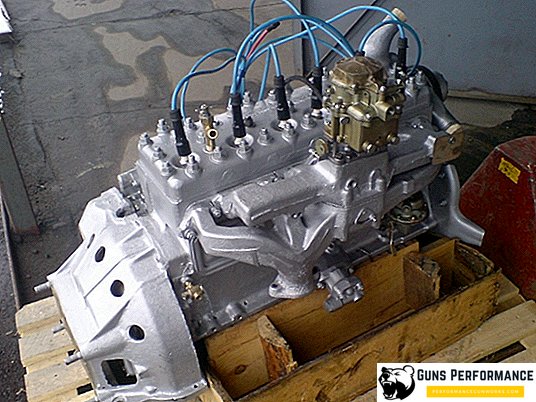
Copies of 58-59 years of the last century received power plants for the chamber-flare type. For the new generation of trucks have developed a new engine, which is based on the power unit 51-th version. The GAZ-52 engine received an overhead valve arrangement and an improved cylinder head design. Each cylinder received a separate prechamber. In the gas distribution system received air-fuel mixture. Subsequently, she lit a standard candle. The GAZ-52 engine with the new device and the improved GAZ-52 carburetor made it possible to save up to 20% of fuel.
The first tests of the power plant failed. She did not give out more power, started poorly and did not save fuel. Because of the impossibility of adjusting the carburetor GAZ-52 normally, even for factory specialists, the engine was unstable.
After serious alterations, engineers received an innovative development with a working volume of 3.4 liters. She developed up to 85 horsepower, which was enough to perform the tasks. Maximum torque was achieved at 3 thousand revolutions - 22.5 kg / m. The company did not release the GAZ-52 diesel engine, but in the early 1990s, in order to save fuel costs, some owners installed such engines themselves.
The technical characteristics of the GAZ-52 engine were considered good for their time, ahead of some foreign competitors. They turned out so optimal that transport is used in agriculture today. The main feature of the power unit was a simple device and maintainability (drivers carried out repair work in the field).
Coupling GAZ-52
The upgraded engine worked together with the GAZ-52 gearbox of the new generation. Designers increased its reliability and reduced work noise due to the installation of synchronizers in 3 and 4 gears. There were five steps in total - four front and one rear. The transmission consisted of a single disc and was performed on a dry type.
Suspension description
Spring type hodovka taken from the previous generation and modernized. To increase the working resource reserve, specialists added rubber pads to the fasteners. Thanks to this constructional solution, the load on the main sheets was reduced, if the springs were twisting.
The design of the front suspension consisted of longitudinal semi-elliptical springs and hydraulic telescopic shock absorbers. The back of the hodovka equipped with longitudinal semi-elliptical and additional springs. The rear axle GAZ-52 received a cam differential. This has improved off-road and through-water traffic.
Brake system
The braking mechanism was equipped with a hydraulic drive. To reduce the gain on the brake pedal, a vacuum booster was added to the design. Each wheel got its drum brake. The driver used two systems: working and parking.
Steering gear
The taxiing system was made according to the globoid type (it consisted of a globoid worm and a two-hilkey roller). GUR in those days was just beginning to gain popularity in foreign countries, the Gorky Automobile Plant in the GAZ-52 project did not use it.
Modifications
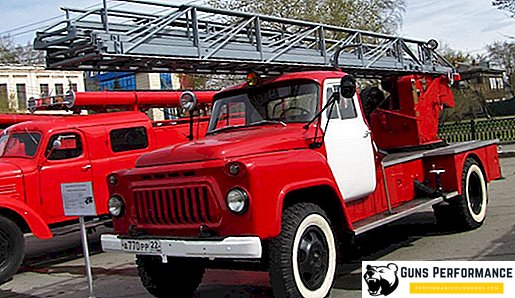
For 29 years of mass production on the basis of the standard version released a lot of varieties that were used in various sectors of the economy:
- 52F is an experimental version of the family that was equipped with the engine of the previous generation. During the year, an industrial series came out of the workshop of Gorky enterprise, which did not pass some tests;
- 52G - a car with a wheelbase extended to 3.7 meters. Due to the increase in weight, the maximum carrying capacity was increased to 4 tons. Development has not reached industrial production;
- 52A - the first option with the power unit of the new generation. With an extended base load capacity was 3 thousand kilograms. For 1959, the designers collected several copies;
- 52P - tractor type saddle with the old power plant, which was released in a limited edition;
- 52I - flatbed truck with a lifting platform. Serial release was not carried out;
- 52-01 - chassis for the installation of various superstructures, most often used to assemble buses and special-purpose vehicles. Produced from 1969 to 1993 with a 75-horsepower engine;
- 52-02 - a standard platform for the installation of dumping equipment;
- 52-03 - the onboard car with the power unit of new generation;
- 52-04 - classic transport with a wheelbase of 3.3 m;
- 52-05 - cargo taxi, made on the basis of the previous modification;
- 52-06 - truck tractor with a standard wheelbase;
- 52-07 - Model 52-04, in which the use of gasoline was replaced by liquefied gas. Auto developed power up to 73 hp;
- 52-08 - a type of model 52-01, which used liquefied gas as a fuel;
- 52-09 - a liquefied gas freight taxi;
- 52-27 - cargo transport, which moved on compressed natural gas. Vehicles developed up to 65 horsepower and accelerated to 70 km / h;
- 52-28 - chassis for installation of superstructures with an increased wheelbase and engine on compressed natural gas;
- 52-50 - version 52-01 for delivery to countries with a tropical climate;
- 52-54 - modification 52-04 for export to areas with tropical climatic conditions;
- 52-70 - standard 52-01, which went to neighboring countries;
- 52-74 - the classic 52-04, intended for export to other states.
Different equipment was installed on the chassis, thanks to which fuel trucks, fire trucks, dump trucks and many other things were obtained.
What can be concluded?

GAZ-52 - a car that entered the history of the Soviet Union. He worked hard and made an invaluable contribution to the development of the state and the economy. Owners of the car have the following advantages:
- Good ground and off-road performance;
- High ground clearance;
- A large number of parts in good condition for sale for repair;
- Simple design that allows for repairs at the site of failure;
- Acceptable for the domestic market (in their and our years) cost;
- Dimensions that allow to maneuver without problems in conditions of dense urban flow;
- Good reliability and high stock of working resource in the main technical nodes;
- Comfortable lounge and quiet working gearbox.
The car has a number of disadvantages that resulted from the obsolescence of transport:
- Few spaces in the cabin;
- Low (by modern standards) payload;
- Outdated cabin design;
- Low engine power;
- High gas mileage and low fuel tank capacity (for today);
- The absence of GUR;
- Poor visibility due to the large size of the hood;
- Poor quality electrical wiring.
Despite the presence of minuses, the truck continues to be in demand. After the completion of production, many copies of GAZ-52 from conservation were put up for sale in the secondary market. Now you can buy such a car in an acceptable condition for 100-200 thousand rubles. Some mechanics buy "standing" cars for 30-100 thousand rubles to do their restoration.


